We embarked on a journey to explore the transformative potential of algorithms in product design, seeking innovative approaches to material development and fabrication. Our research began with an analysis of the diverse spectrum of algorithmic approaches, from the organic forms of generative design to the precision of mathematical algorithms to the dynamic possibilities offered by various simulations.
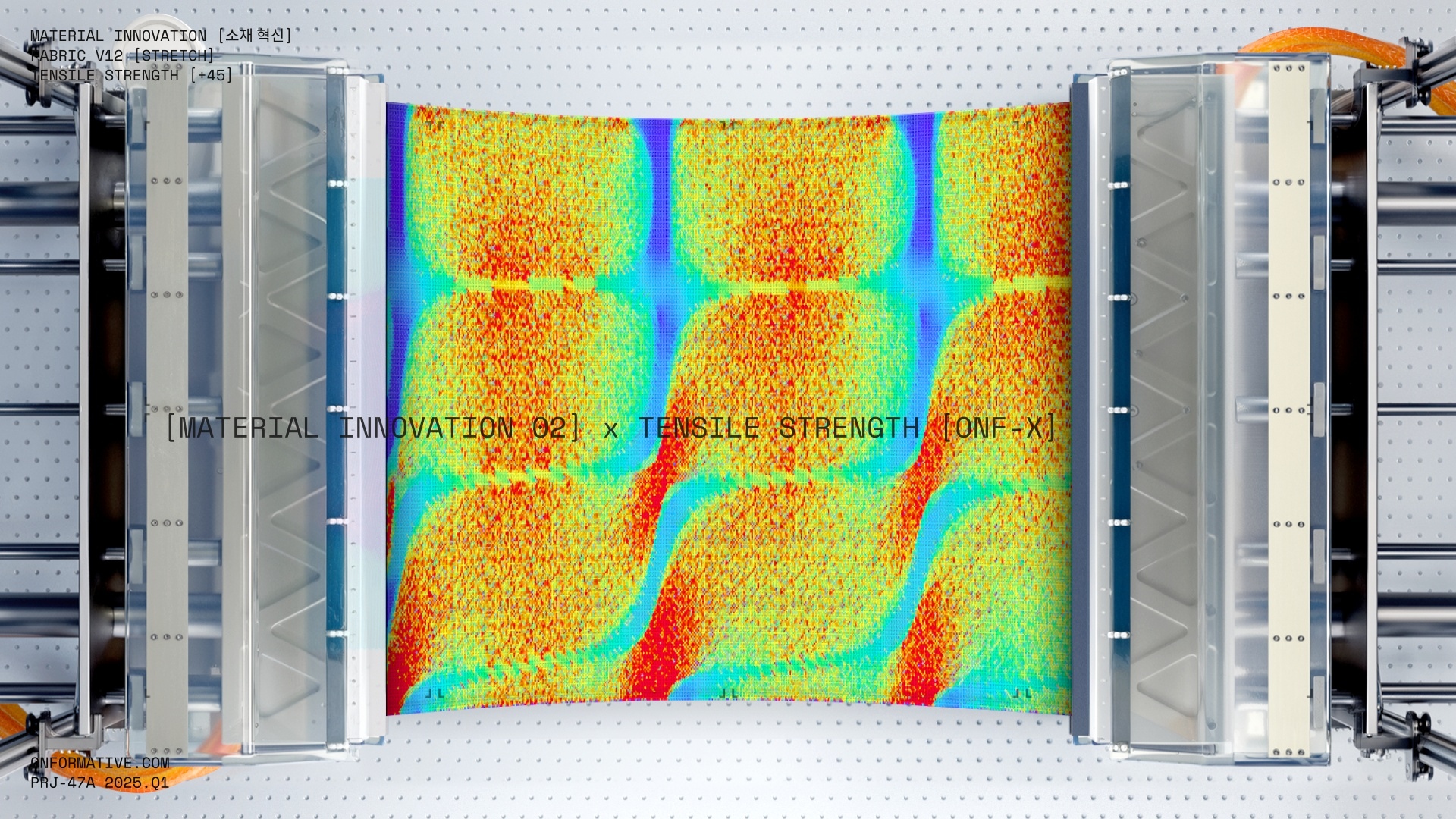
Material Innovation
data-driven generative material research
2025
Leading material innovation through computational design, we explore the synergy of generative algorithms and data-driven methods. Our research investigates how these tools can enhance material performance, enable tailored experiences, and unlock entirely new possibilities in form and function, paving the way for future materials.
Our initial analysis of existing techniques led us to focus on the Chladni sound pattern algorithm. Its apparent simplicity, visual variation potential,and the inherent capacity for manipulation through variable data input, offers exceptional control over diverse material characteristics to explore further.
We intentionally chose a well-known algorithm, like Chladni patterns, to demonstrate how even established methods can unlock unexpected design possibilities through reinterpretation, manipulation, and creative combination.
Exploration & Applications
We began by applying the generated patterns and structures to real-world products, demonstrating their ability to solve specific design challenges across various applications. This involved exploring their implementation across footwear, fabrics, and apparel, and considering their potential impact on functionality, aesthetics, and performance.
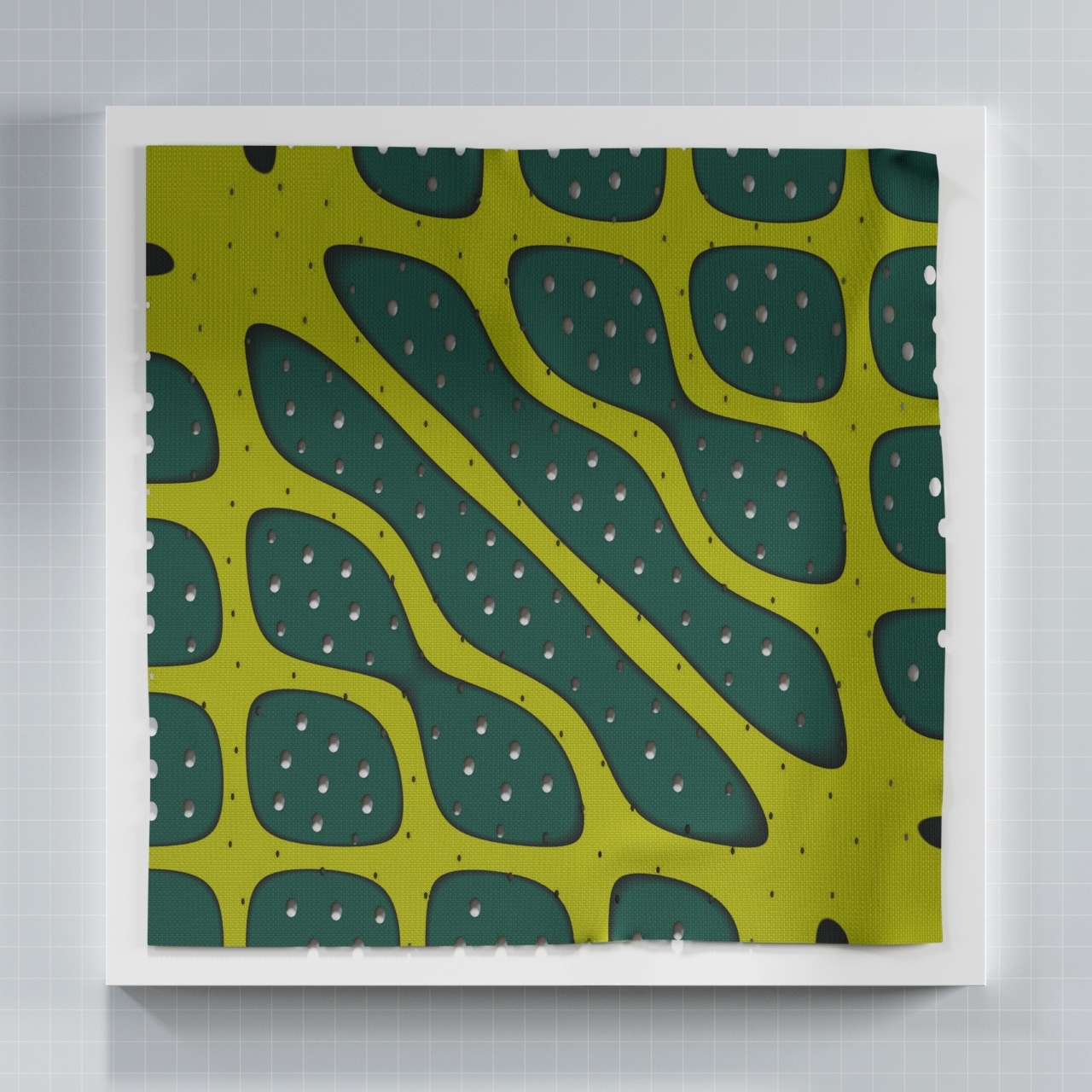
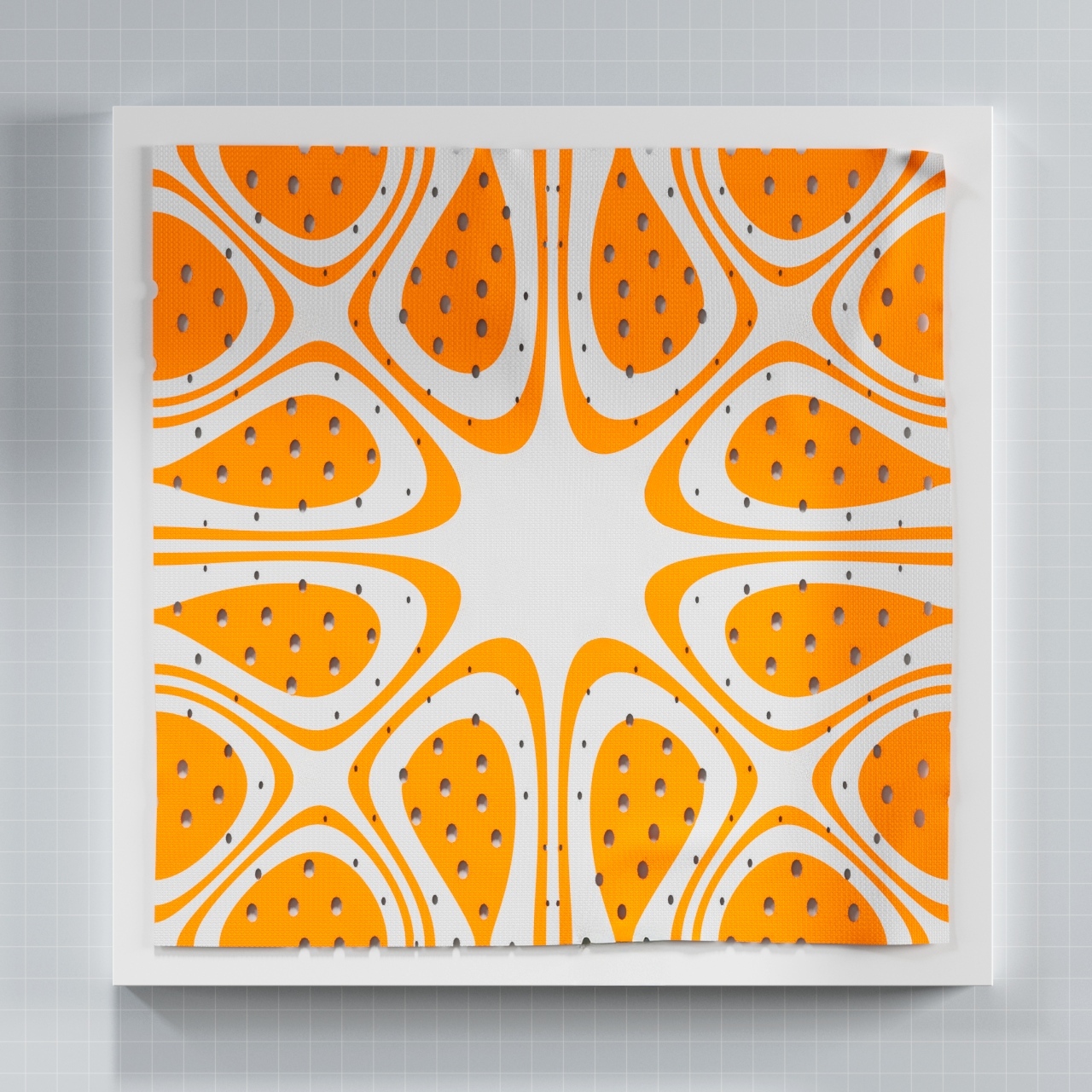
While the generated patterns offer a wide range of visual possibilities, our exploration extended beyond the purely decorational to investigate the potential of directly manipulating material properties and embedding real functionality.
This involved techniques such as data-driven material removal by strategically cutting holes based on pattern density, and the application of reinforcing patches, stitches, or structural elements made of other materials, informed by the underlying algorithmic framework.
Simulating Material Behavior: From Function to Form
We advanced our research by developing fabrics from threads with different material properties—woven together using algorithm-driven structures. To understand how these material variations would impact the overall flexibility and behavior of the fabric, we created a virtual stretch simulation. This simulation allowed us to apply different material properties to specific regions, generating insights around how these variations influence the fabric's adaptive stretch.
Beyond the technical insights, the fabric simulation inspired further visual exploration, allowing us to translate the tension forces within the fabric into colorful gradients and patterns that showcase its potential in aesthetic design.
This fusion of simulated performance and visual representation paved the way for exploring the application of these algorithmically-informed textiles in apparel designs.
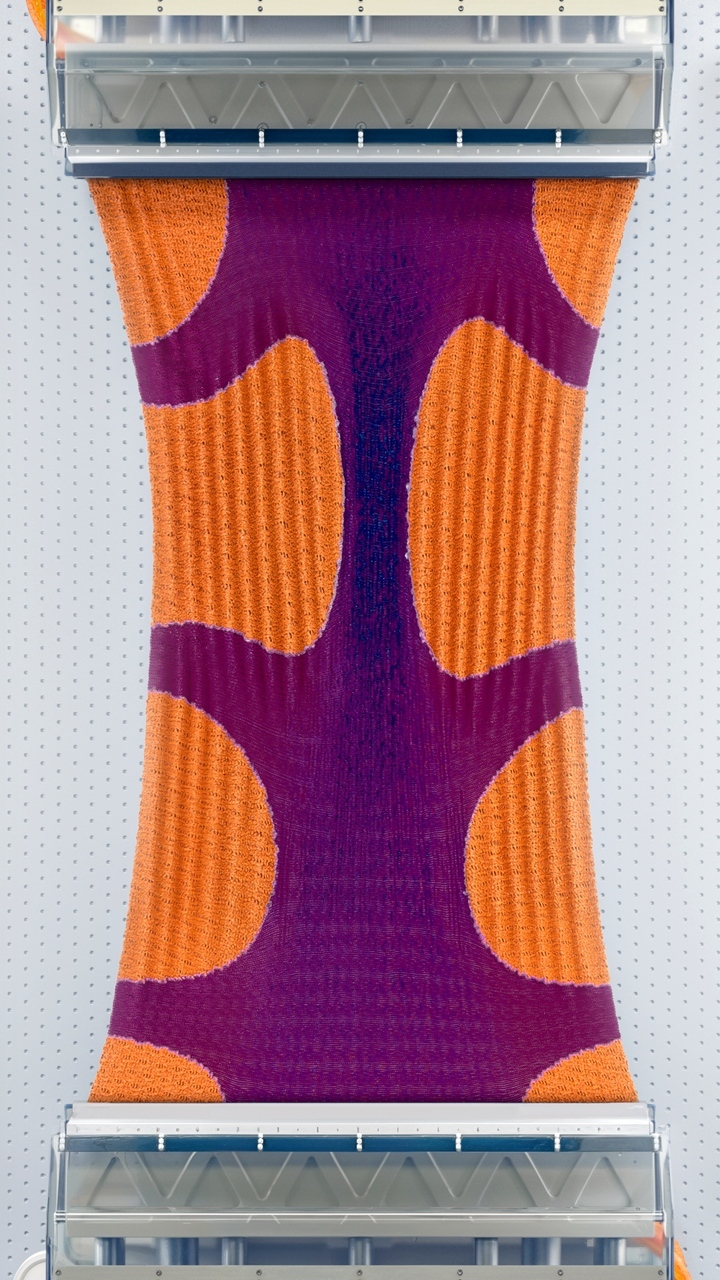
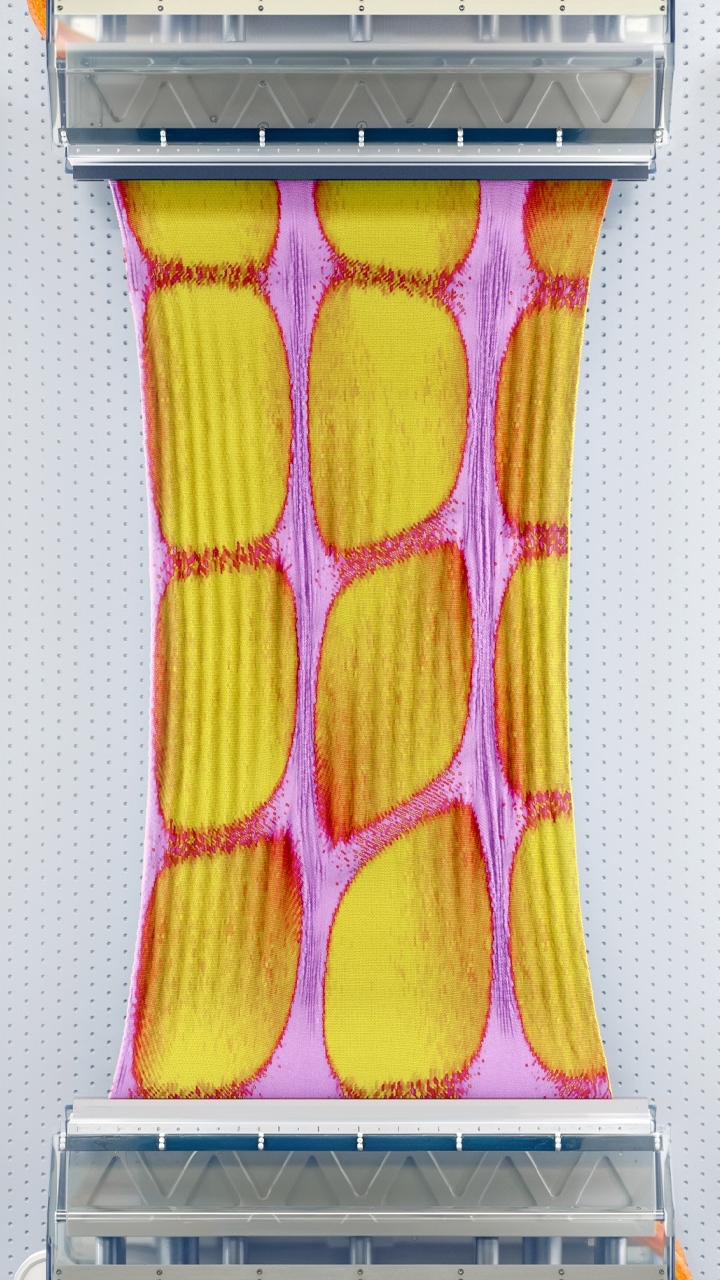
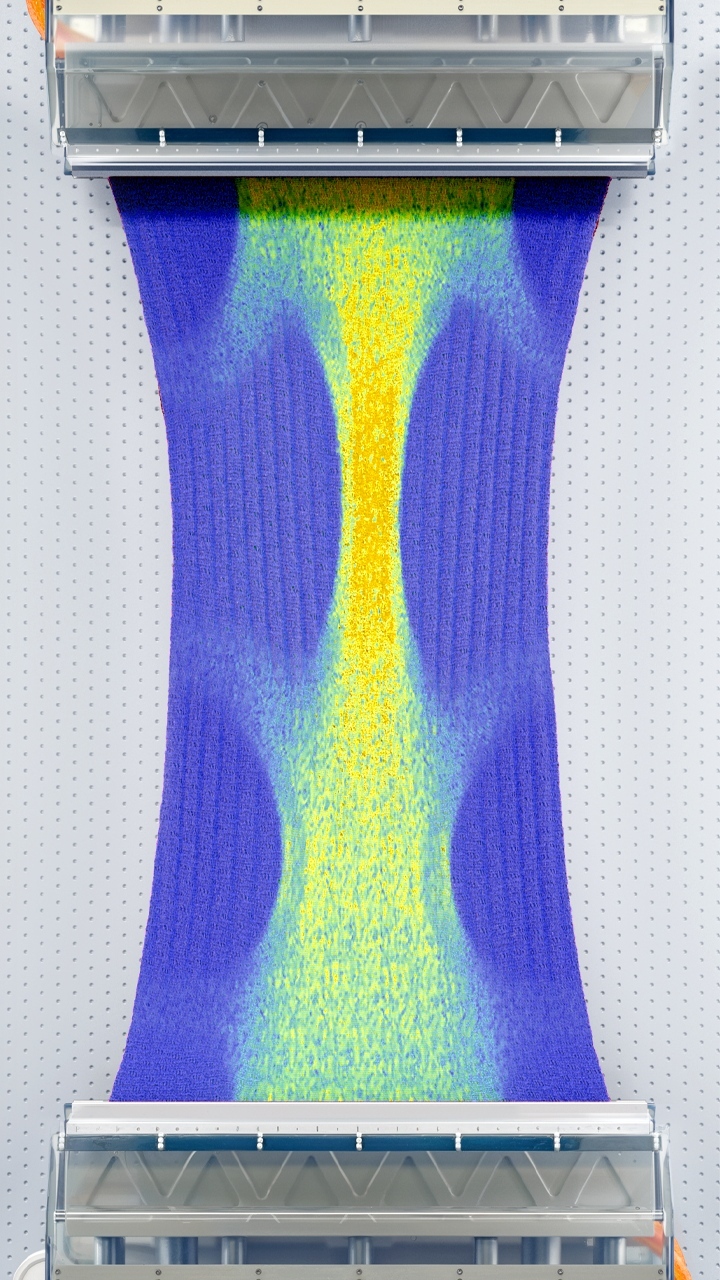
We envisioned integrating the algorithmically-generated patterns into performance apparel, leveraging athlete-specific data to inform localized density variations and structural reinforcements within the fabric. This involved exploring layered fabric structures to create targeted support zones within the garment and led to the development of design prototypes, illustrating the potential of these early concepts.


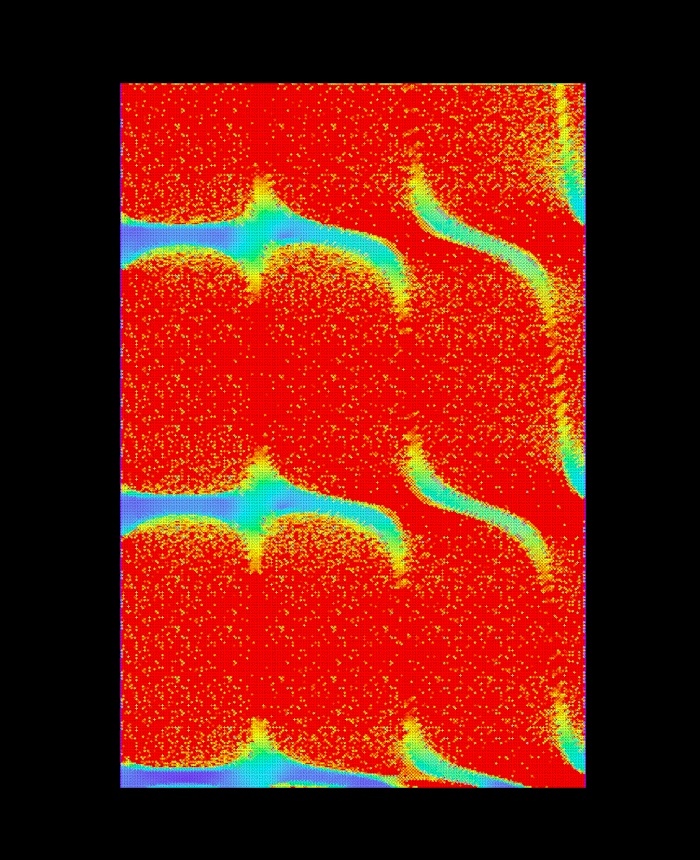
From 2D to 3D: Evolving Algorithmic Structures
Extending our 2D pattern generation work into 3D, we explored how to translate these designs into three-dimensional structures using the same underlying algorithmic logic.

We translated 2D patterns into 3D space–using the same underlying algorithmic logic– by extruding them into complex structures and dynamically adjusting variables based on data input. This process resulted in evolving structures with varying material density along the z-axis and in localized areas, creating complex three-dimensional forms with diverse material properties.

The third dimension unlocks great potential, transforming the flat canvas of 2D patterns into a world of tangible 3D form. This potential is amplified by data input, allowing us to precisely control material properties and achieve targeted areas of strength or flexibility within the structure.
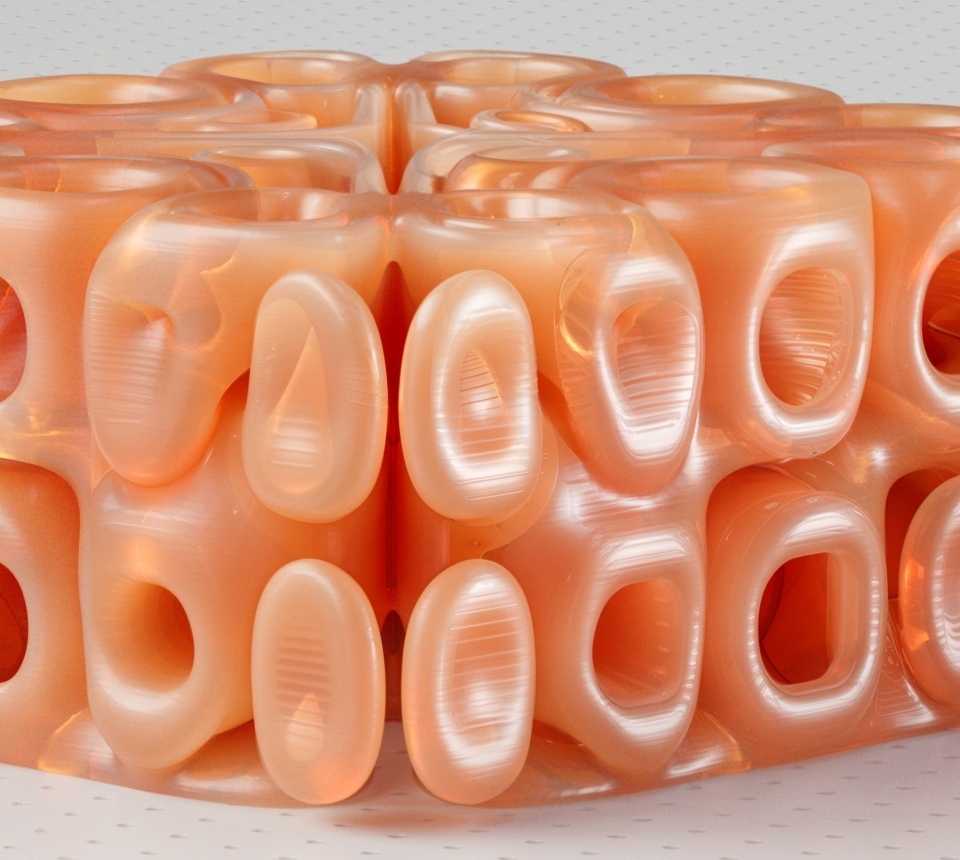
Data-Driven Soles: Enhanced Performance, Personalized Comfort
This part of our research explores how algorithmic patterning can generate soles that deliver enhanced grip, optimized performance, and personalized comfort—while also enabling unique, visually compelling aesthetics tailored to individual needs. By leveraging data, we move beyond purely functional design to embrace its artistic potential, creating soles that are both technically advanced and expressive in form.
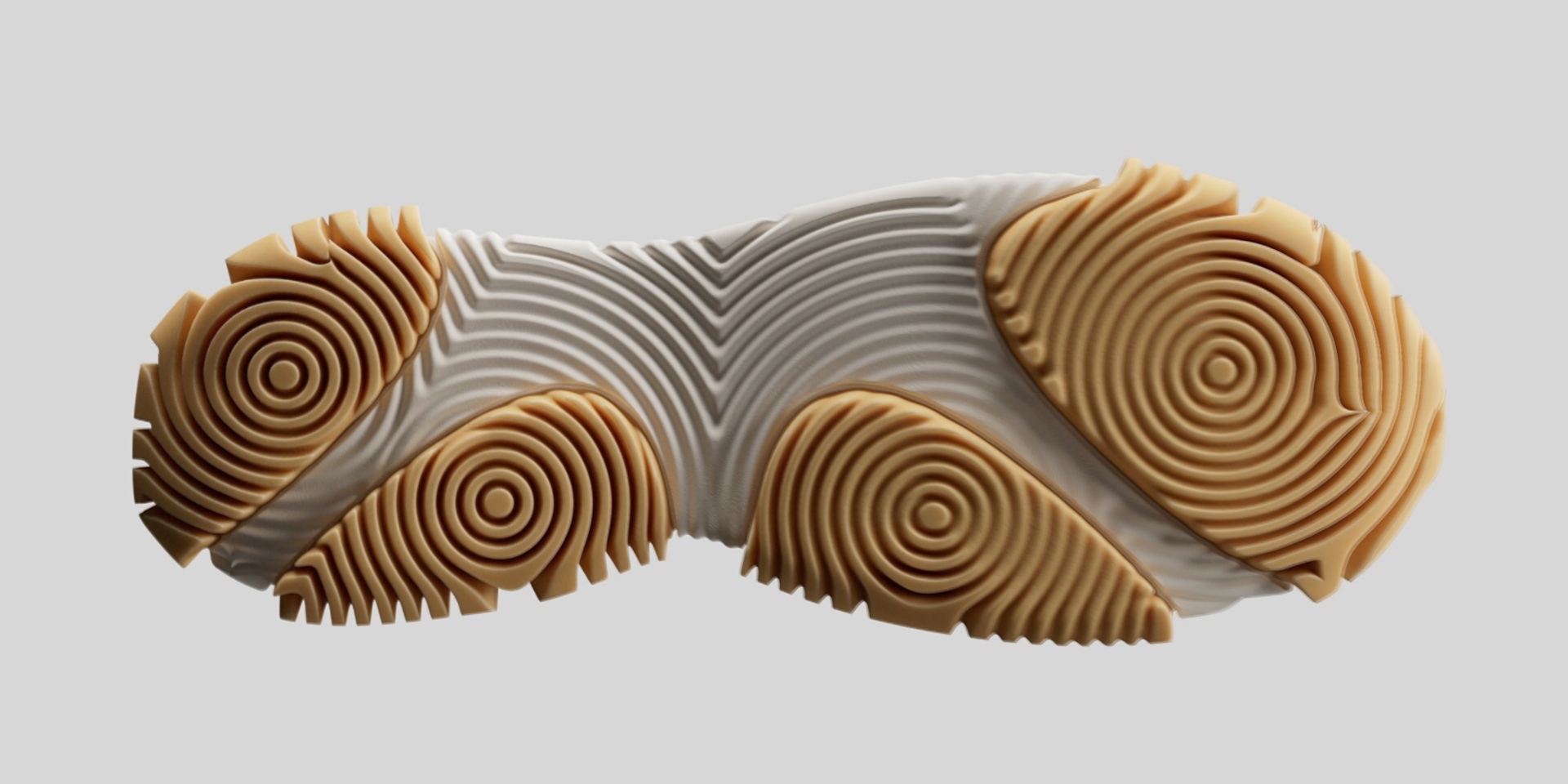
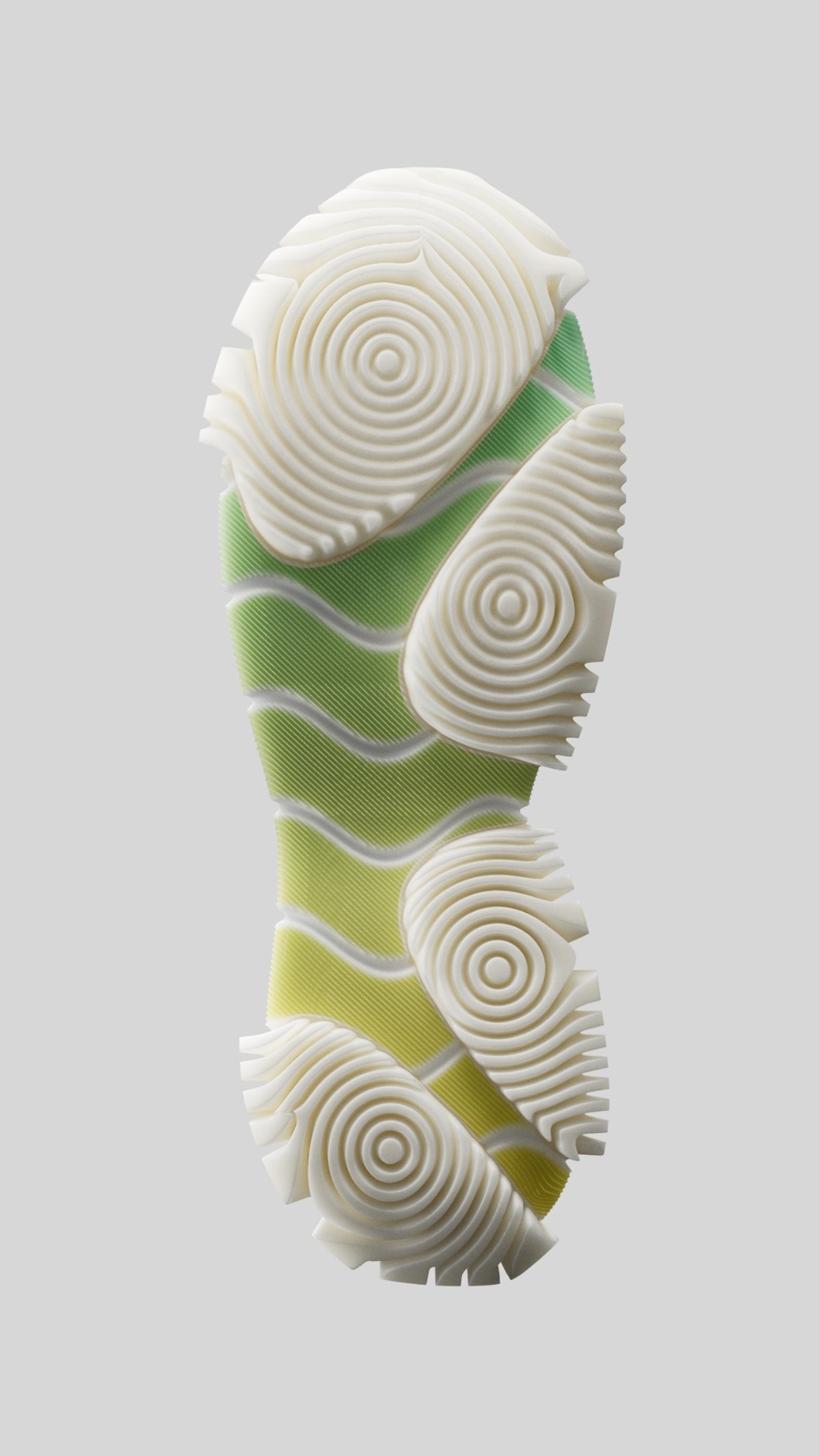
Data Mapping
Data from pressure mapping and gait analysis, captured during dynamic athletic movements, provides a foundation for personalized sole design. This data directly informs our algorithms, enabling sole designs with targeted support and cushioning exactly where each athlete needs it.
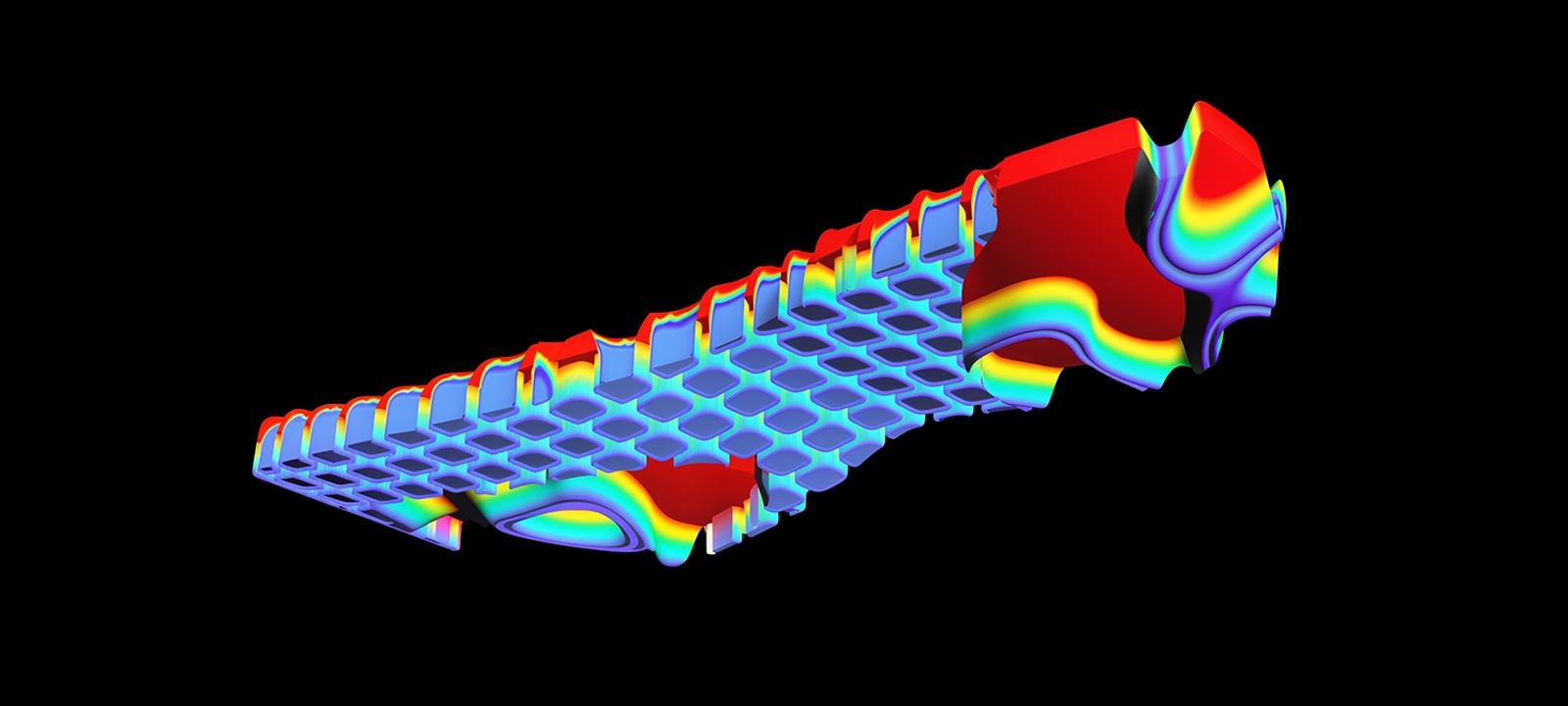
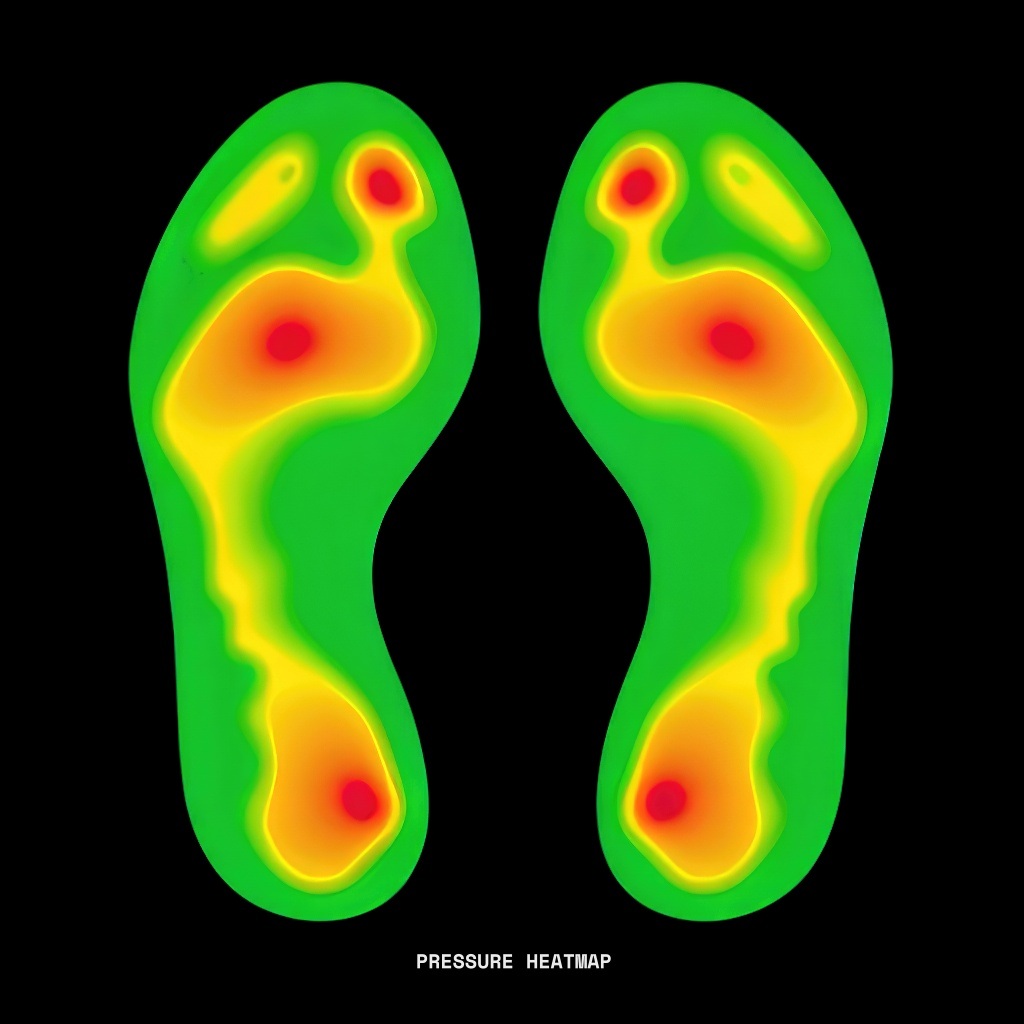
Aesthetic Possibilities
Beyond pure function, data-driven design unlocks new aesthetic possibilities for the shoe sole. Precise control over material placement and density enables the integration of compelling patterns and textures. Combining multiple materials with diverse properties and appearances further expands the visual design space.
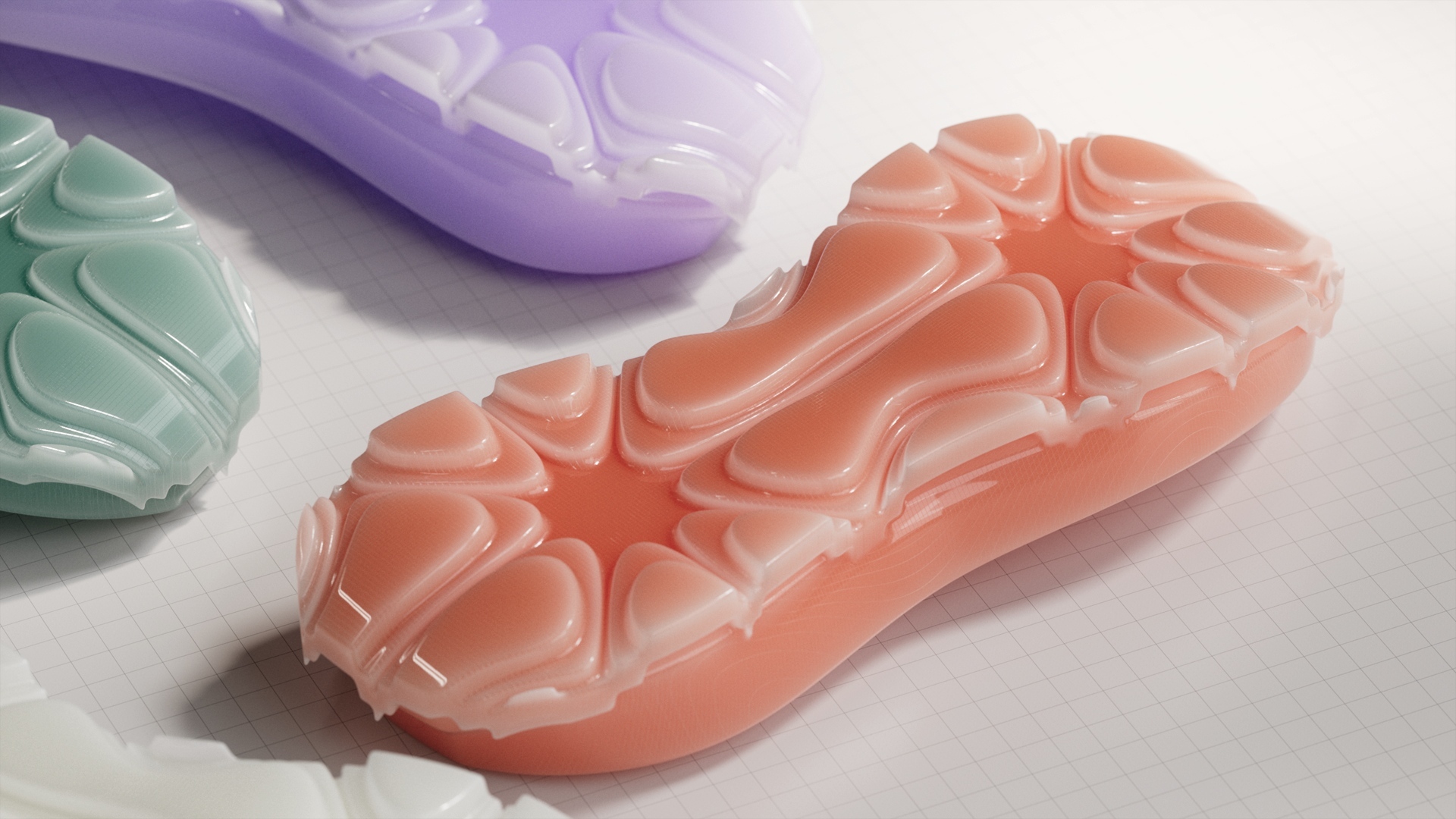
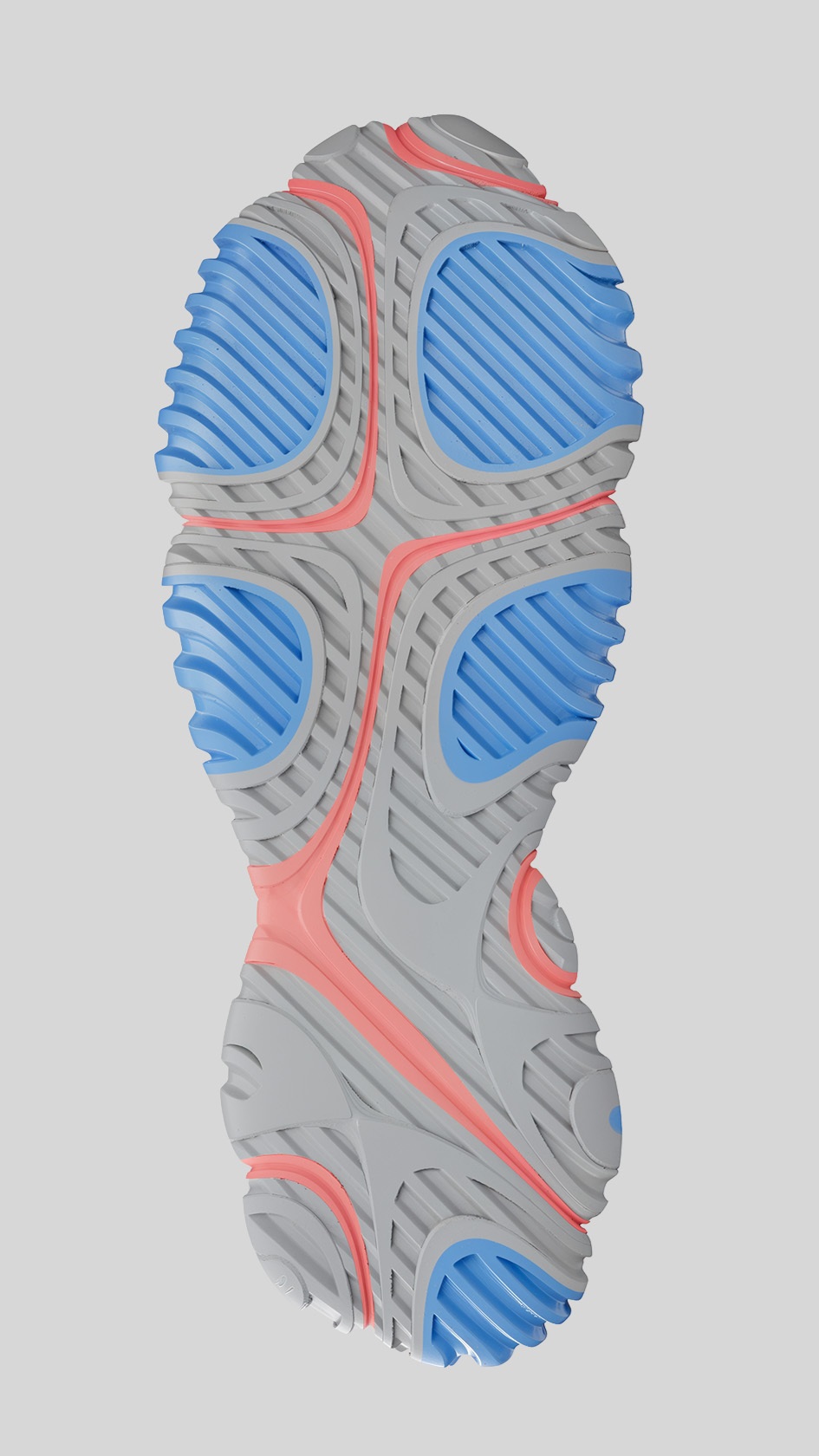
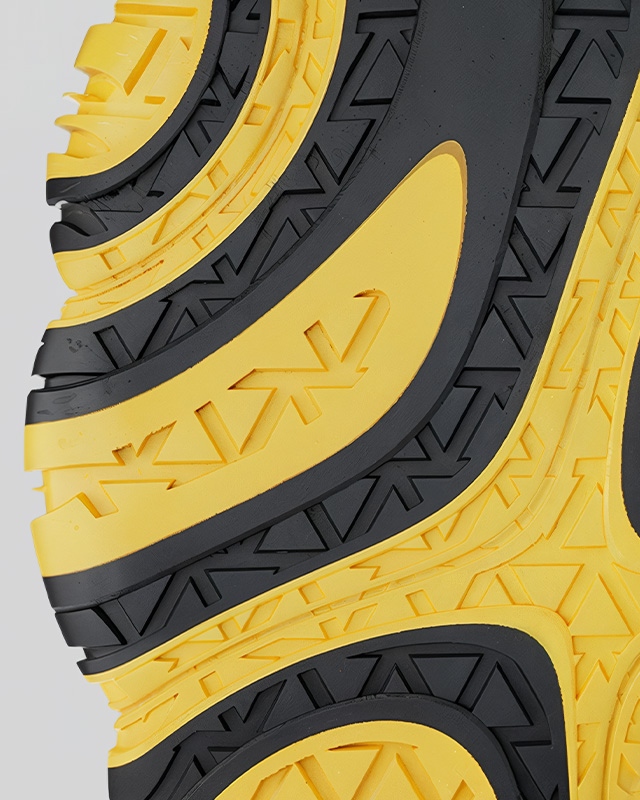
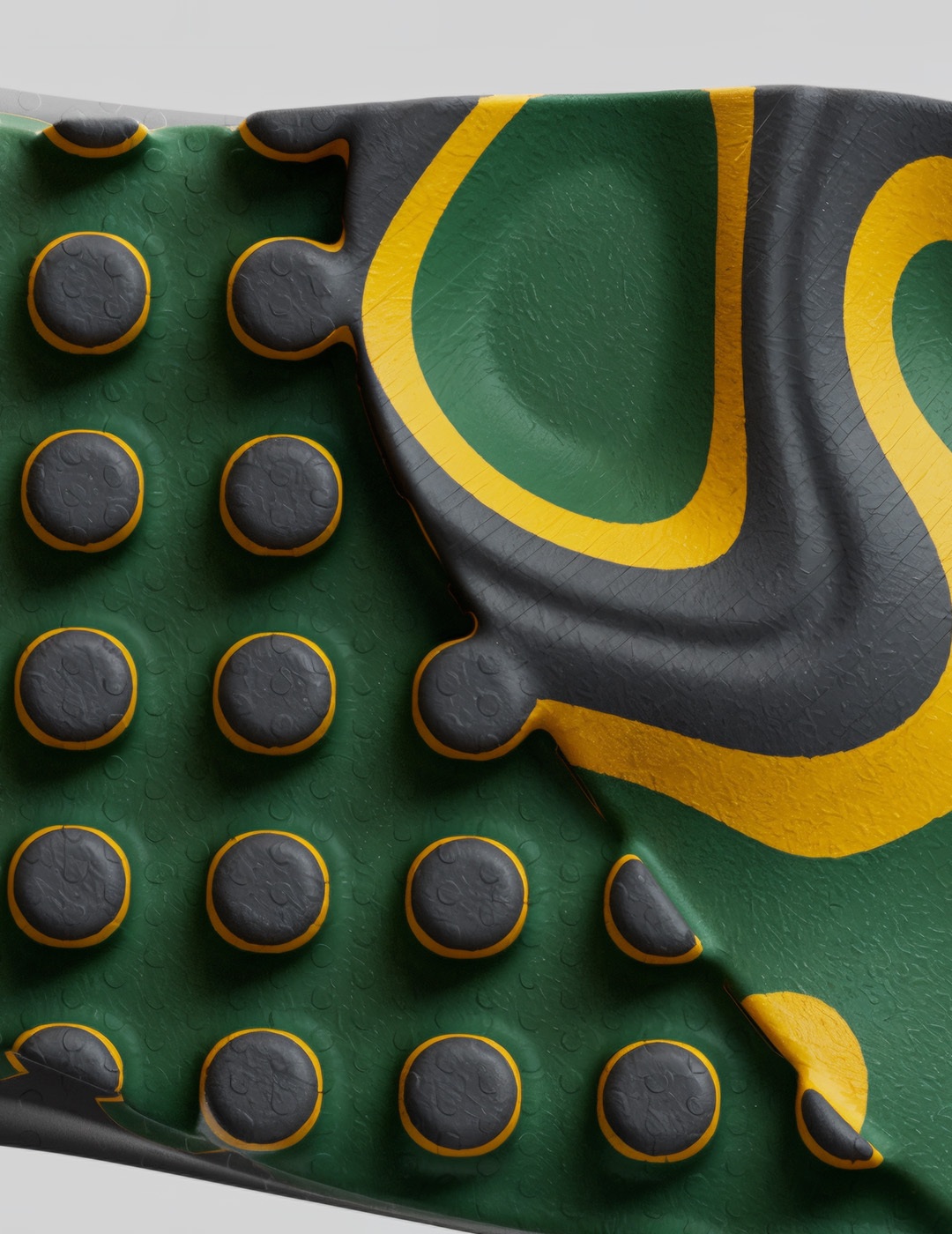


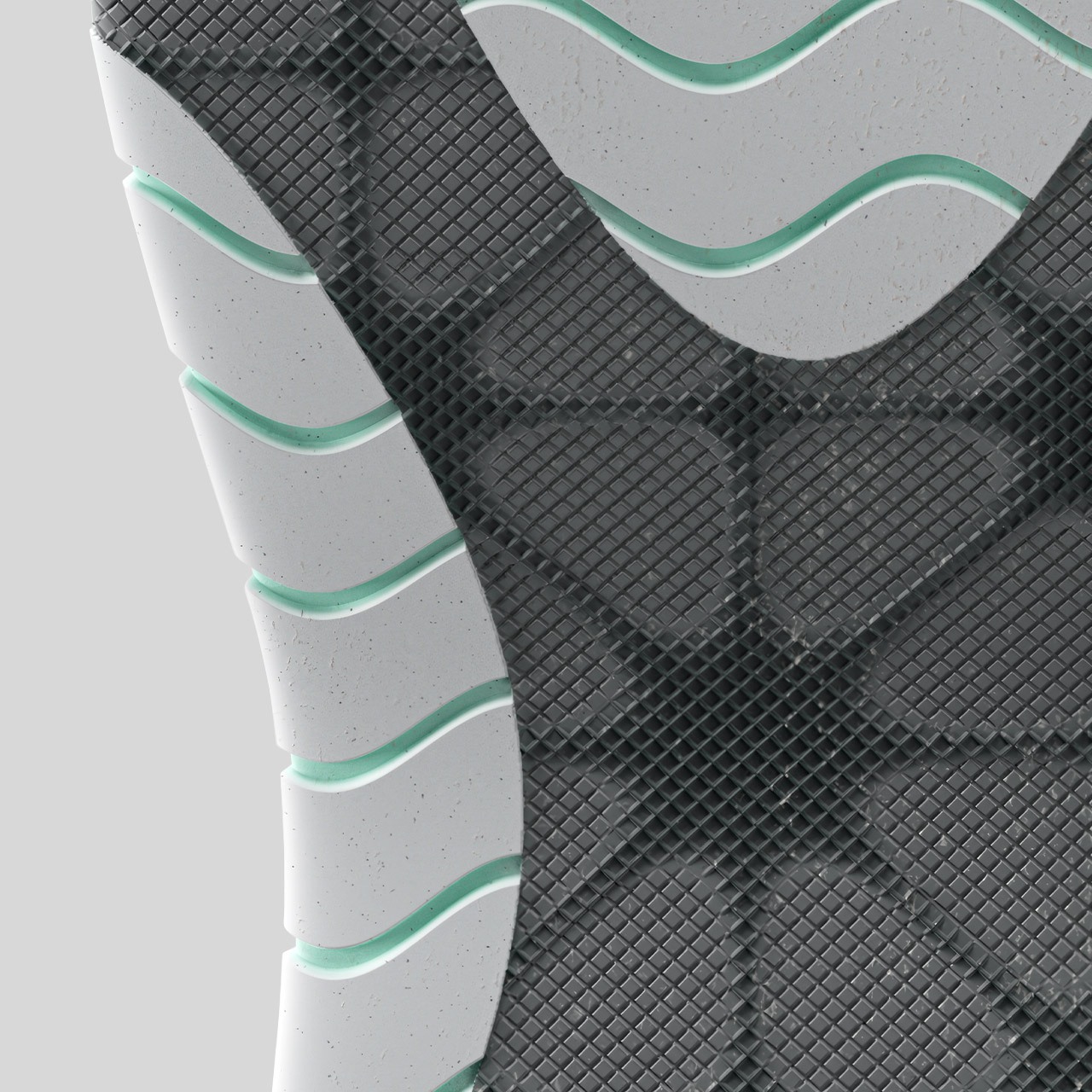

Conclusion
By merging computational design with data-driven insight, we’re expanding the potential of material innovation—from micro-scale structures to fully responsive systems. This approach enables us to design with intention, creating materials that not only perform, but also adapt and express.
As tools and technologies evolve, so does our capacity to shape materials that are dynamic, personalized, and visually compelling. This is just the beginning—and we look forward to continuing this exploration across disciplines, shaping a future where materials respond to both function and imagination.
credits
Creative Direction: Cedric Kiefer
Production: Tobias Ziegler
Art Direction: Samuel Care, Raimi Nikkari, Leo Romanski
Technical Direction: Samuel Care
Code: Henryk Wollik